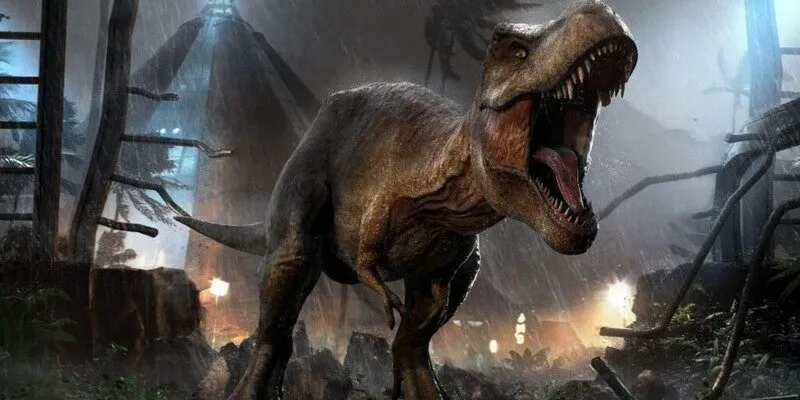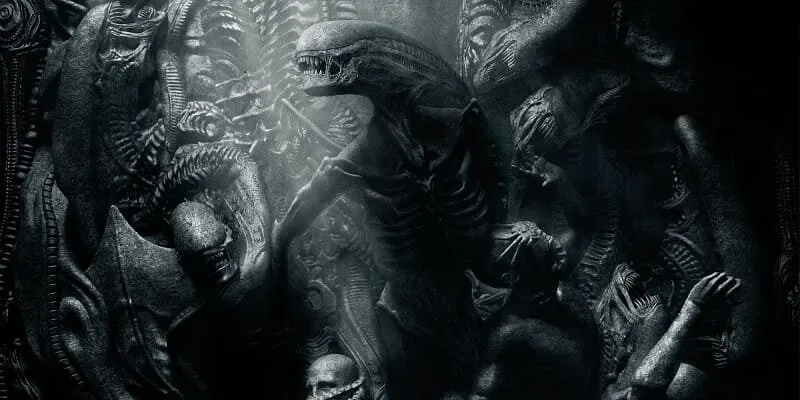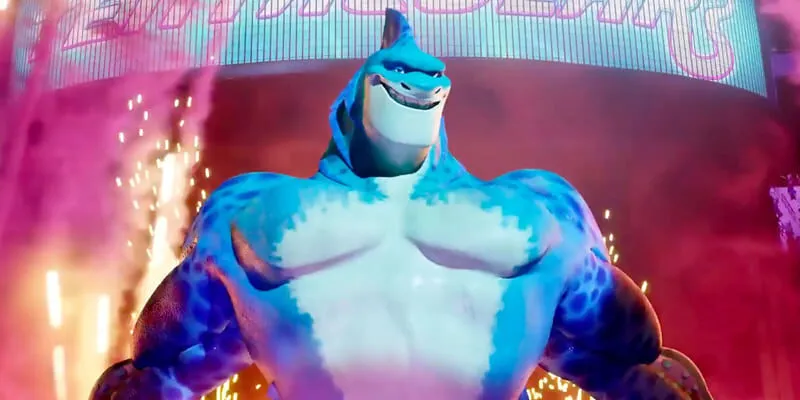The Monster is a term that has been used throughout history to describe a wide range of terrifying entities, from mythical creatures to real-life criminals. The idea of has fascinated cultures across the world, often representing an embodiment of fear, chaos, and the unknown. Whether it appears as a creature lurking in the shadows or a malevolent figure causing harm, the monster often serves as a symbol for society’s deepest anxieties.
The concept is fluid, evolving across generations, but the emotional impact remains constant: fear, curiosity, and sometimes even sympathy.
The Monster
In ancient folklore and mythology, often took the form of a creature with immense power and fearsome qualities. The Greek myth of the Minotaur, a half-man, half-bull beast that dwelled in a labyrinth, is a prime example. In Norse mythology, the giant wolf Fenrir, destined to bring about the destruction of the gods, represented both a terrifying force and a symbol of inevitable fate.

Similarly, the monster in other mythologies—such as the Chinese dragon or the Japanese oni—served as symbols of nature’s uncontrollable forces or moral lessons.
However, not all representations ofr are rooted in folklore. In modern times, the idea of the monster has shifted, becoming an allegory for societal fears and injustices. For instance, in Mary Shelley’s Frankenstein, the monster is not a mindless, terrifying creature but a tragic figure abandoned by its creator, struggling with isolation and rejection. in this case is a reflection of human hubris and the consequences of playing god, offering a poignant commentary on society’s treatment of the “other.”
The fear of the monster is also reflected in popular culture, particularly in horror films and literature. From classic films like Dracula and Frankenstein to more modern interpretations like The Shape of Water or Stranger Things, the portrayal of has expanded. These representations often explore themes such as identity, alienation, and the fear of the unknown.
What makes these stories compelling is not just the terror they invoke but also the complexity they add to the idea of the monster. In many cases, the monster is not entirely evil or mindless but driven by emotions and desires that mirror human experiences, making it relatable despite its horrific appearance.
In real life, the monster can take on a far darker and more sinister form. Criminals like serial killers or dictators who commit atrocities can be labeled as “monsters” due to their actions. The actions of historical figures such as Adolf Hitler or Joseph Stalin are often described using this term, as their acts of cruelty and inhumanity seem beyond comprehension.

In these cases, the monster is not a mythical being but a human who has chosen to cause suffering and chaos. The moral horror of this reality is perhaps more terrifying than any creature from fiction because it underscores the potential for evil within human nature itself.
Moreover, has been a central figure in psychological and philosophical discussions. Psychologists have explored how humans are often drawn to the concept of the monster as a way to confront their own fears and moral dilemmas. For example, the concept of the “monster within” explores the idea that every individual has the potential for darkness.
This is evident in stories where the hero faces inner demons or becomes themselves. The monster in this sense is not external but internal, representing the struggle between good and evil within the human psyche.
The metaphorical use of the monster is also prevalent in contemporary discussions of societal issues. In discussions of war, inequality, and environmental destruction, the term the monster is sometimes used to describe the forces that threaten global stability and human survival. Climate change, for example, is often referred to as a “monster” that humans have created through their actions, a force that is now wreaking havoc on the planet.
Similarly, the term is sometimes used to describe the systems of power and control that perpetuate injustice, inequality, and suffering. In this context, the monster is not a single entity but a force or system that harms individuals and communities.

Despite the many forms that the monster can take, one common thread runs through its various representations: it is a reflection of human fears, desires, and flaws. often a projection of the things we cannot understand, control, or accept about ourselves and the world around us. Whether in folklore, literature, or real life, the monster serves as a mirror, showing us both the worst aspects of humanity and the things we most fear.
However, the monster is also often a catalyst for growth and change, challenging individuals and societies to confront their deepest fears and to rise above them.
In conclusion, is a multifaceted symbol that has evolved across cultures and time periods. From the terrifying creatures of myth and legend to the horrors of real-life atrocities, the concept of remains central to the human experience. It reflects our most primal fears, our capacity for cruelty, and our need for transformation.
Whether as a literal creature or a metaphorical force, the monster challenges us to confront the darkness within and around us, urging us to seek understanding, empathy, and ultimately, redemption.
See more: